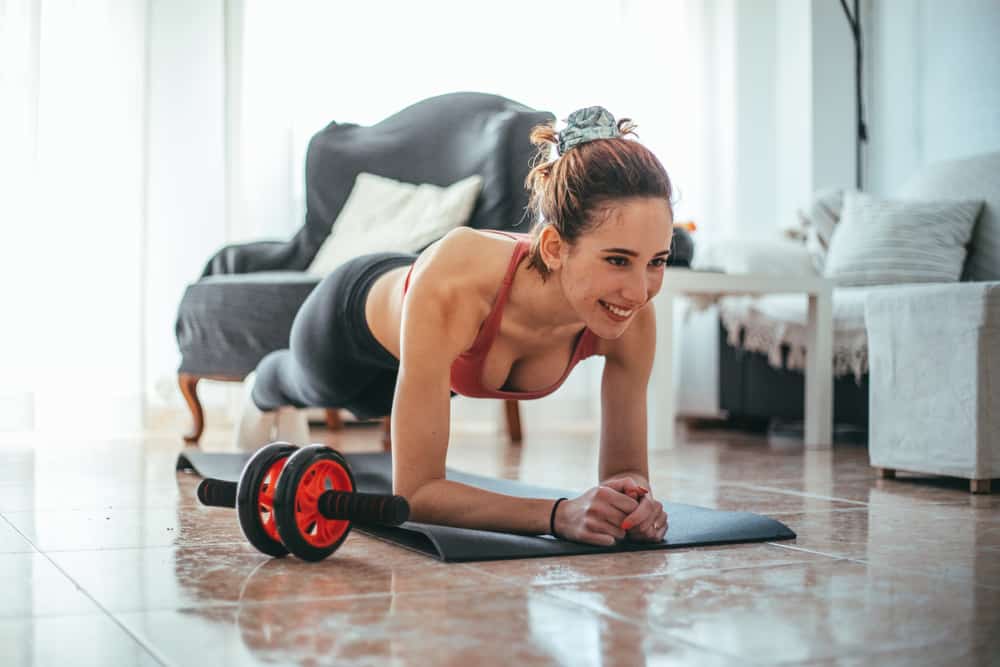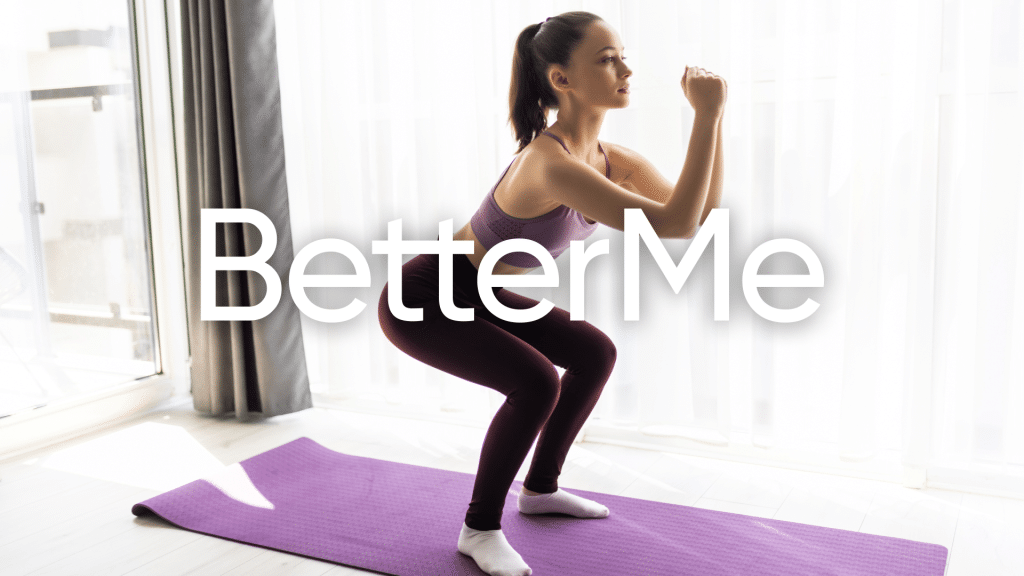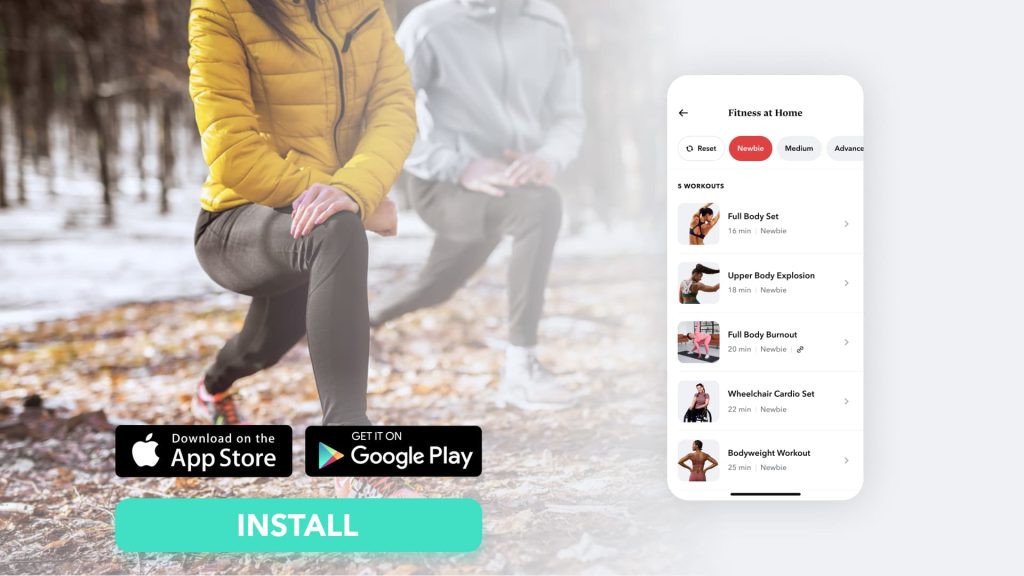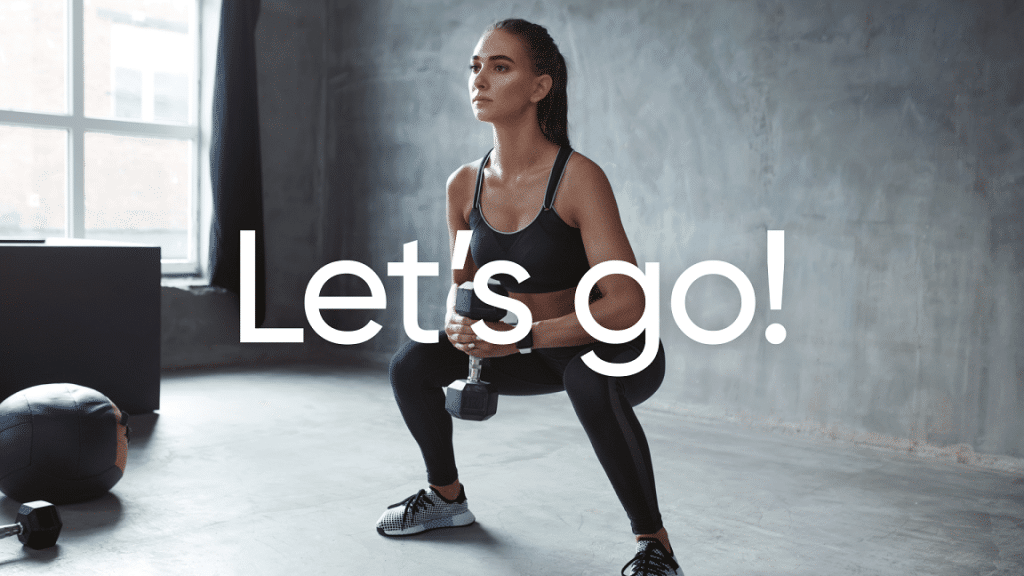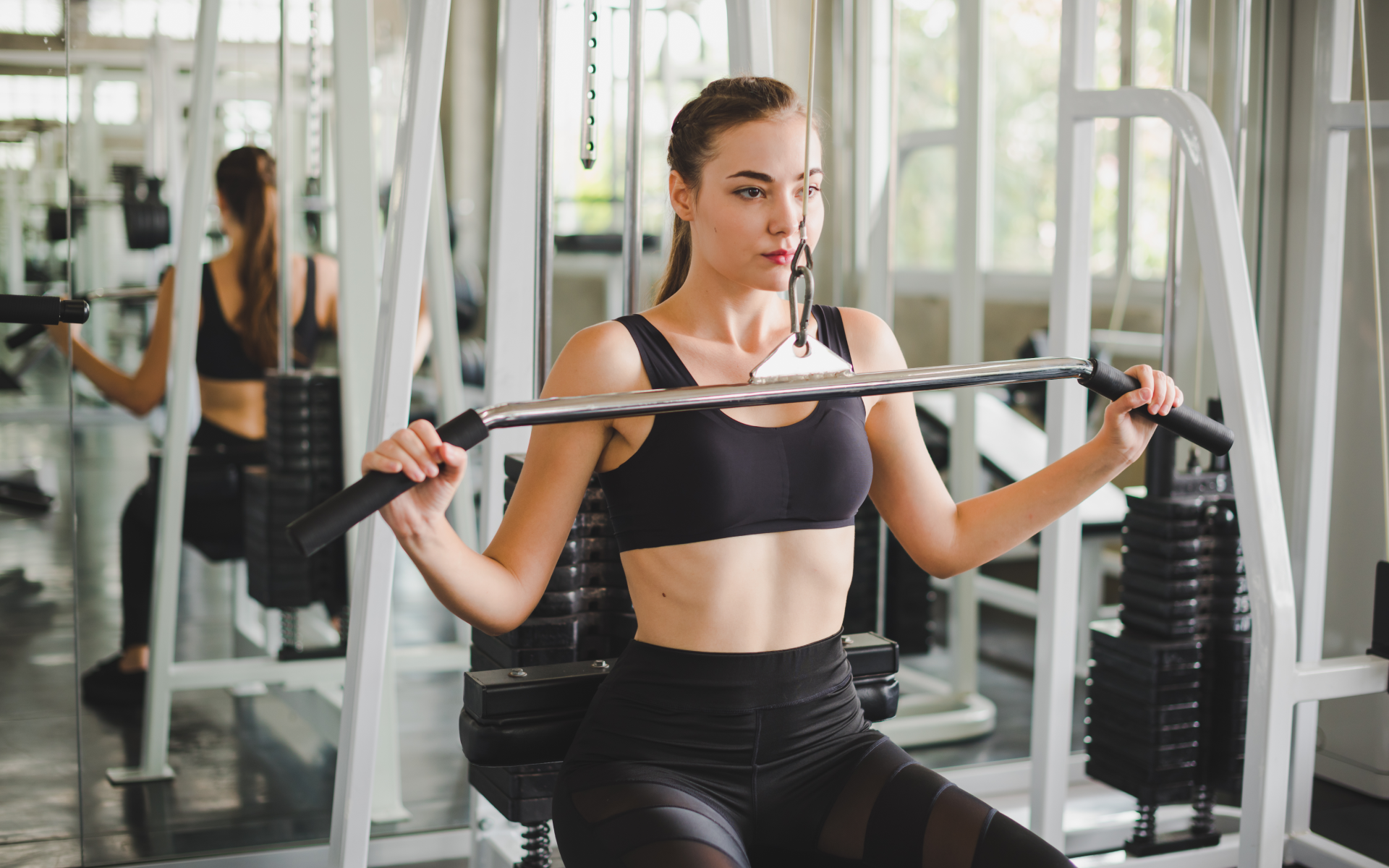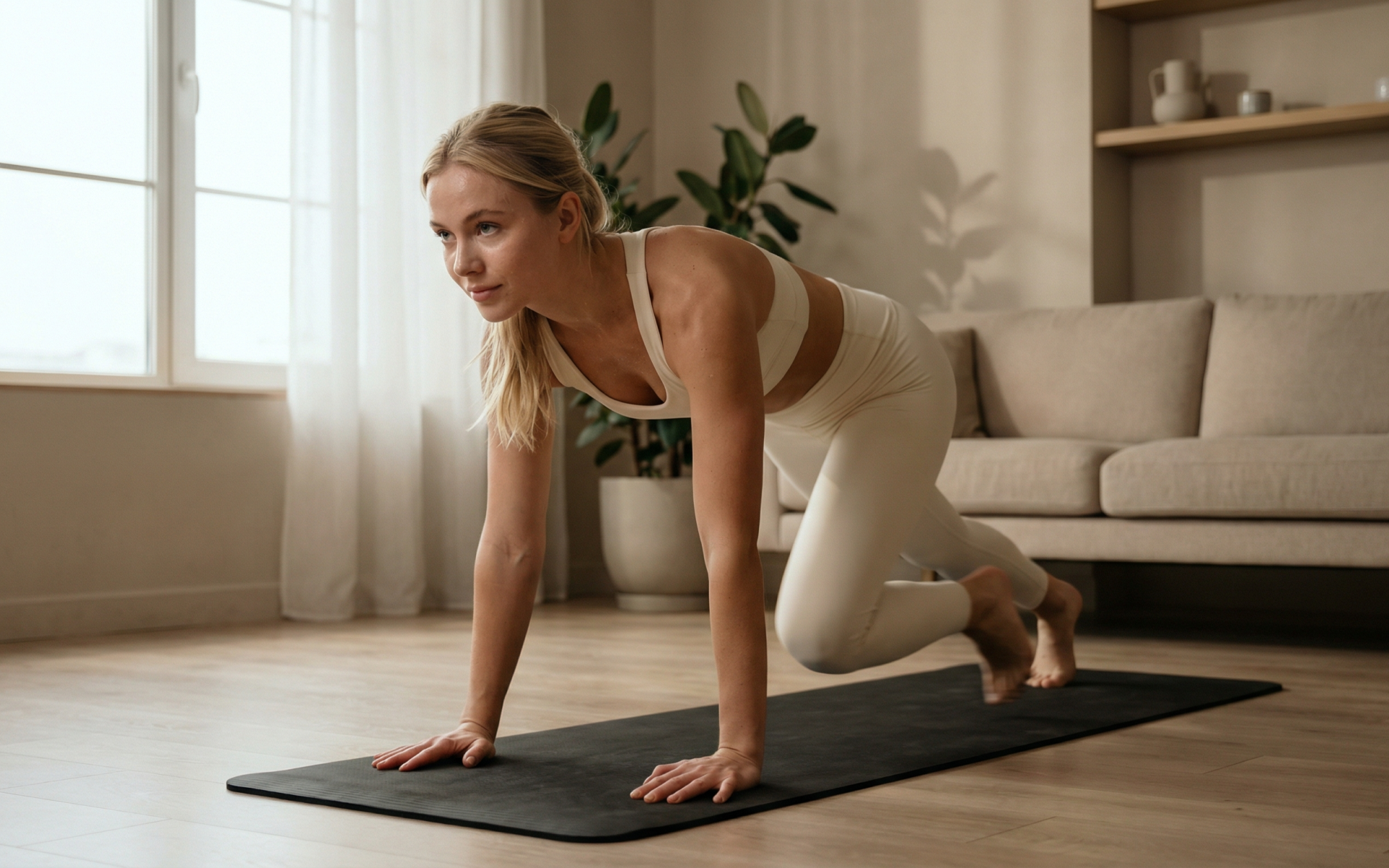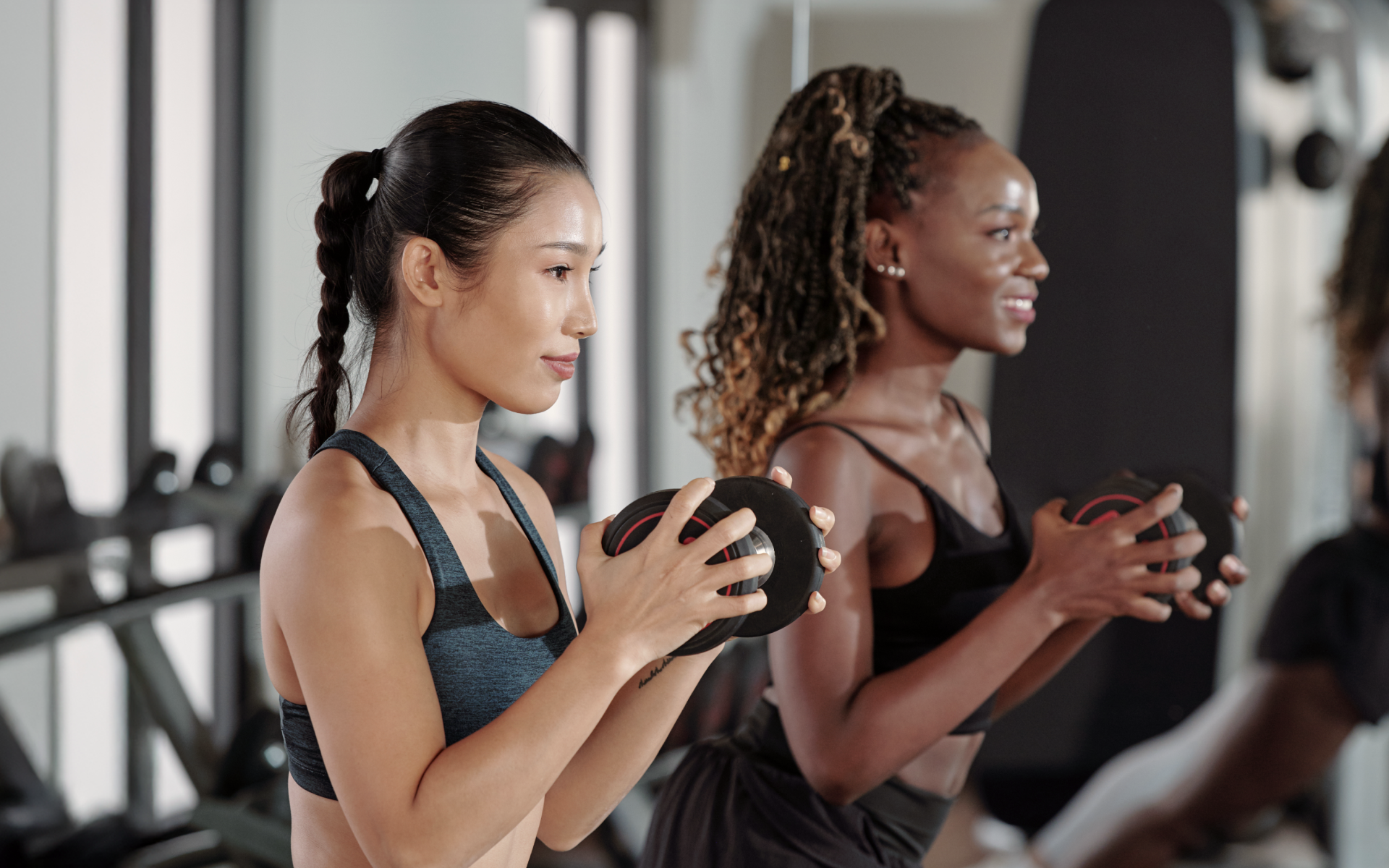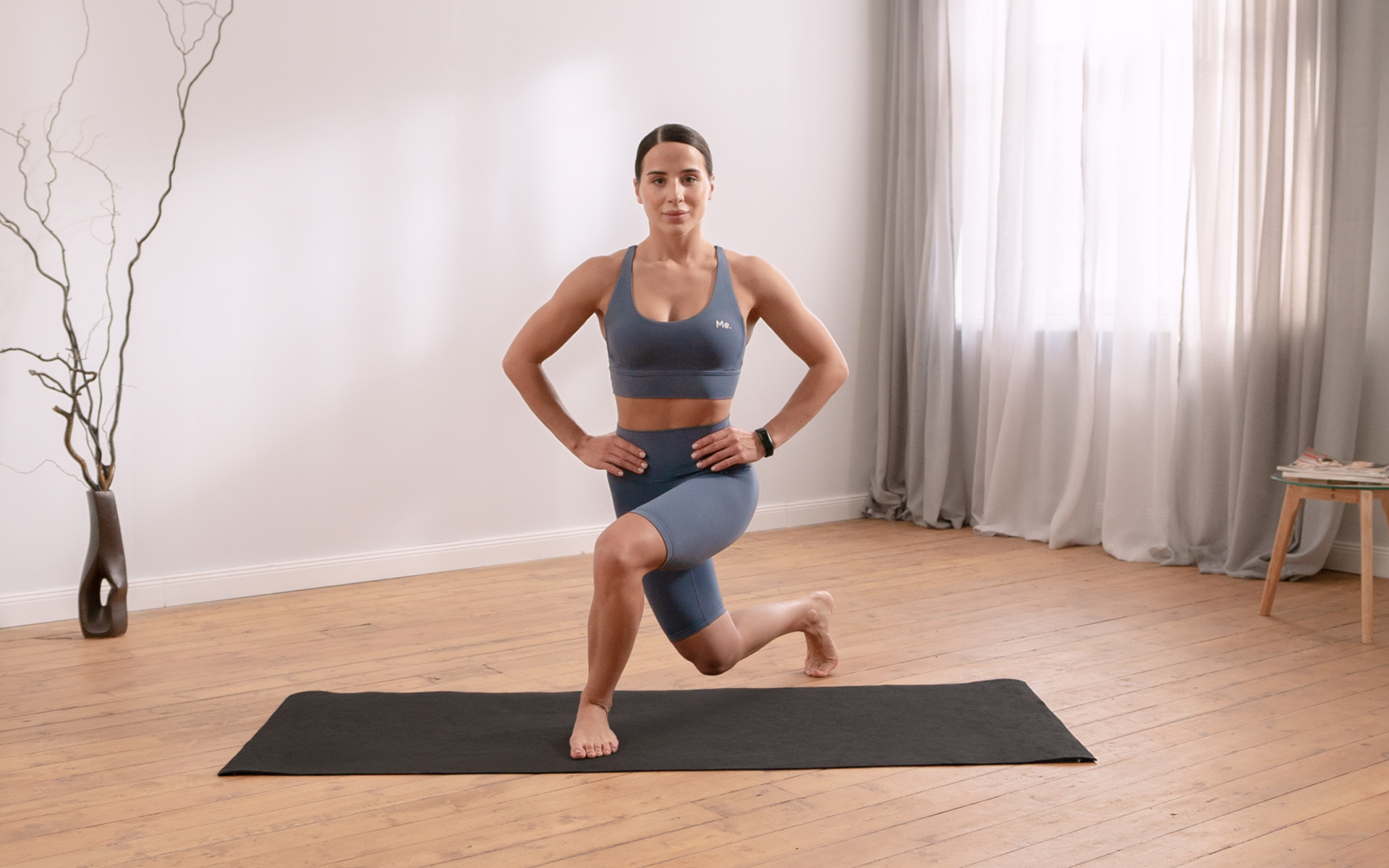There is no better way to achieve a state of fitness than with a full-body workout. After all, it won’t make any sense to focus on only one part while forgetting the rest of the body if your goal is to achieve an ultimate level of fitness. When it comes to working out, you can use several workout splits to achieve your goals. There can be a 2, 3, or 4-day workout splits, depending on a person’s circumstance because there is no one ideal routine that suits everyone. That notwithstanding, the 2-day full-body workout is among the most preferred, especially by those who are time constrained.
The kind of modern life that most people spend is where most of their days are at work and a little other time for exercise and leisure. Those aspiring to add some muscle have to find a way to devote a minimal amount of time to achieve their fitness goals. This means that in the little time that you get, you have to work hard and push yourself in ways that you have probably not thought of before and this is where the 2-day full-body workout comes in.
What Is A Full-Body Workout Routine?
This is a strength training program designed to train most if not all of the entire body in each workout instead of splitting it up into different parts. Therefore, a 2 day a week full body workout means you will be doing full-body strength training for those two days without splitting it into parts.
You may choose to have an upper-body day, biceps day chest day, push day or leg day in other types of workouts. As such, you will only be targeting a specific muscle group on one day and a different one the next day.
A good bodybuilding 2-day split full-body workout routine must train the following muscle groups:
This should not be taken to mean that you will have to do sets of multiple exercises that target each body part singularly for every session, as is the case with split workouts. If you do so, you may end up being in the gym the entire day and then be too exhausted to participate in any other activities. Full-body workouts utilize higher training frequency and multi-joint compound exercises which target multiple muscle groups.
This is done by combining exercises that train the upper body’s muscle groups with other exercises that train the lower body in a single session. For example, on the first day, you may opt for pull-ups, bench press, and squats and then on the second day, you do the Romanian deadlifts, lunges and overhead press (2).
Read More: Types Of Workouts For Weight Loss: Understanding The Difference For Better Results
Factors To Consider Before Choosing A Training Split
Like most things, many variables have to be accounted for before choosing which split to go for. The top 3 factors that have to be looked into when choosing the 2-day full-body workout routine are:
-
Schedule And Availability
Start by determining how often you can manage to work out every week. Selecting a 2-day full-body workout means you can only exercise two times a week, which means calling for creativity to work for all muscle groups. Decreased frequency is more efficient for full body splits. If I do a full-body workout 2 hours a day, how much will I lose in a week? This will depend on several factors such as your body type, the type of exercises you do and the kind of foods you eat.
-
Training Experience
Will this be your very first time training or have you trained before? As a beginner, you are most likely to gain more benefits from the full-body workouts than the others. As time goes by, then you may opt to target specific muscle groups.
-
Your Goals
People engage in exercises for different reasons. Some may be looking to build muscle, others want to look a certain way, and some simply want to exercise. Those with no specific goals don’t have to worry much about the split they choose. If on the other hand you have a specific goal, then you will have to go for the split that allows you to customize your training to achieve that goal.
Benefits Of Full-Body Training
The benefits of 2 days a week full-body strength workout training are limitless because every single part of the body is put into action to achieve fitness. Some of the top benefits include:
-
Simplicity
Whereas the training split to target specific body parts such as the upper/lower, push/pull/legs parts is a way of making workouts simpler, full-body training is as basic and straightforward as it gets.
-
Convenience And Scheduling
Since you will only be having 2 workouts per week, the 2-day full-body workout can be convenient because you can have your weekends off with a lot of ease. If you like, you can have the workouts during the weekends and have your off day during the week. As such, it can easily fit into your schedule no matter how busy you are.
-
Higher Training Frequency
In the 2-day full-body workout you will be training all muscle groups two times a week. Such a frequency is ideal for muscle building and increases body strength, therefore being more efficient than once-per-week frequencies. Is working out for 2 days a week enough? It is more than enough as long as you remain consistent.
Who Is A Full-Body Workout Best For?
While the full-body workout can work pretty well for almost everybody regardless of the goal or even experience level, it still may not be the best option for everyone. Below are the people this type of workout can be best for:
1. Beginners With Any Goal
It shouldn’t matter whether you want to gain strength, build muscle, burn some fats or something similar, if you are a beginner then the 2-day full-body workout will be good for you. This is because the high frequency of two workouts per week will give you the fastest improvements in muscle and strength gains. In addition to that, beginners will learn proper form, improve work capacity and volume tolerance, and ultimately become good at weight training.
Whether you’re a workout beast or just a beginner making your first foray into the world of fitness and dieting – BetterMe has a lot to offer to both newbies and experts! Install the app and experience the versatility first-hand!
2. People Who Can Train Only Twice Per Week
Time is an essential component of any form of workout, and the lack of it means you have to reduce the number of times you can work out in a week. If you can only manage to work out twice in a week, then the 2-day full-body workout may be the best option for you. It gives you a higher frequency than once per week and won’t take too much of your schedule.
3. Those Who Have A Goal Calling For A Higher Training Frequency
Training only once in a week may bring the same results as training twice weekly, but it will take a long time. If you have a goal to achieve set results within a specific period, you may be required to increase workout frequency to twice per week or more.
4. People Who Prefer Full-Body Training Over Other Alternatives
The best way to guarantee the best results from any form of workout routine is by being consistent. One of the foundations of consistency is designing the workouts to be enjoyable so that they are something to look forward to doing. If you find that you enjoy full-body training more than any other approach, it is only because it is the best option.
2-Day Full-Body Strength-Training Workout Plan
What is the best full-body workout? As long as you are doing your exercises right and combine compound exercises to target multiple muscle groups, you are on the right track. Below is a sample workout plan you can follow if you do not know how to do a full-body workout:
1. Dynamic Warm-Up: 5-8 Minutes
Make it a habit to start with a warm-up before getting into any heavy lifting or physical activity. So before you start lifting any weights devote 5 to 8 minutes to do a dynamic warm-up. The best warm-up should involve moving through stretches continually as opposed to holding them. This is meant to gradually warm up your core body temperature and ease you into the workout ahead. It also acts by waking up your muscles, thus improving your range of motion, making it easier to go deeper into exercises such as lunges and squats. Below is an example of a five-minute warm-up:
-
Leg Cradle To Side Lunge
While in an upright position, stand on your left leg as you lift the right leg and open the right knee to the right. Stretch your right hand to grab below the right knee as your left-hand grabs above your right shoe. Next, lift the right leg toward the chest until it is parallel to the ground while the standing leg remains straight. Release your right leg as you step it out to the right, thus lowering into a side lunge with the right leg. Return to an upright position and do a total of five reps on each side as you alternate sides after each rep.
This warm-up stretch is meant to aid mobility and flexibility of the ankles, hips, knees and thighs. This is especially important for lower body exercises such as squats that require the hips and ankles to be loosened up to achieve the full range of motion.
Read More: Squats vs Lunges: Which One of These Time-Honored Exercises is More Effective?
-
Back Lunge To Groiner
Start by standing upright and stepping your right foot back into a reverse lunge. Follow this action by bending both knees so that your butt is lowered toward the floor while keeping your spine long. Next, put your hands on the floor on the inside of your left foot and then straighten the right leg behind you. Let your left elbow drop as you slowly push it against the inside of the left leg. Hold in that position for a while and then stand upright. Repeat five reps for every side but alternating sides after every rep.
The major aim of this warm-up is to boost the mobility of the knees, hips, lower back and ankles, and increase flexibility in your groin and hip flexors. The warm-up is recommended for individuals opting for any lunges with weights in their workout.
-
Quad Pull With Tilt
Stand upright and use your right hand to grab your right foot behind you just above the shoe. Start leaning forward slightly while standing on your left leg while simultaneously pulling the right knee up in the air. Hold in position for about five seconds after releasing your foot and getting back to an upright position. Repeat five times for each side as you alternate after each rep.
This warm-up activity works by bringing mobility benefits to your knees, ankles and hips. It also adds flexibility to the quads and hamstrings. It ultimately contributes to the balance of the body.
-
Hip Bridge With Reach
Lie on the ground facing upwards so that your back is flat and your legs are bent while the feet are flat on the floor. Stretch your arms to the sides. Lift your hips up by pushing through the heels. The moment you get to the top of your bridge, reach your right hand across your body to the direction of the left shoulder as you try to touch the ground with that hand. The hips ought to remain still and stable for the whole movement. Return to the starting position and do about five reps while you alternate sides after each rep.
This exercise aims to increase mobility in the knees, shoulders, hips, and upper back. It also increases the flexibility of your lats, hip flexors and oblique muscles. The purpose of the bridge is to activate the glutes, especially in lower body exercises while they reach mobility for upper body exercises.
-
Three-Point T-Spine
With the three-point T-spine, you begin on your knees and hands, but your wrists should be under your shoulders while the knees are below the hips. Your right hand should be placed behind your head with the right elbow opening wide to the side. Bring the right elbow down to point to the ground as the rest of the body remains still. Now extend it back beyond the starting position as you twist the upper body to the right so that the right elbow now points to the ceiling. Repeat five times and then switch sides.
This exercise is good for mobility in your elbows and shoulders. The upper back should also improve as a result of this stretch. It also increases the flexibility of the chest (1).
2. Strength Exercises: 40 Minutes
This is the beginning of your workout, and you are advised to pair exercises in sets so that you switch between upper- and lower-body exercises. This is important because it allows one muscle group to rest as you keep working the other. For this exercise, be guided by the steps below:
- Lower-body exercise: 8-15 reps
- Upper-body exercise: 8-15 reps
- Rest: 30-45 seconds
- Repeat: 3-4 times
Consider including both pushing and pulling movements (like a push-up vs a pull-up) to train your muscles in different ways. The weight you go for should be based on your fitness level and the exercise you will be doing.
Start with compound movements because they work for multiple muscle groups and require more effort. It, therefore, makes sense to start with them before you deplete your energy. The strength exercises involve large muscle groups; hence you should do at least four sets of each to really challenge them.
Below Are Examples Of Compound Strength Exercises:
- Squat: 12 reps
- Lateral pull-down: 12 reps
- Rest: 45 seconds
- Repeat four times
- Lunge: 12 reps
- Bent-over dumbbell row: 12 reps each side
- Rest: 45 seconds
- Repeat four times
The next step should be isolation exercises that target specific muscle groups that you feel should be worked on. Make sure to vary these muscle groups each time you work out so that you don’t miss any. Since such muscle groups could be smaller, you may want to use lighter weights, reduce the number of reps and also reduce the rest time in which case the exercises can be:
- Rear delt fly with dumbbells: 15 reps
- Single-leg squat to box: 15 reps each side
- Rest: 30 seconds
- Repeat three times
- Dumbbell bicep curls: 15 reps
- Reverse cable curls: 15 reps each side
- Rest: 30 seconds
- Repeat three times
These are only examples of the moves you can do, but the alternative options are endless. Stick to the particular exercise you select for a duration of about four to six weeks. The body will start to adapt after that; hence you ought to switch out the moves but maintain the format. With each passing week, you can increase the weight while decreasing the number of reps, but it is not mandatory.
Dropping pounds by the dozens without putting yourself through the wringer is everyone’s weight loss pipe dream. But what if we told you that the BetterMe app can make that happen? Keep yourself in prime shape with our fat-blasting workouts, delicious budget-sparing recipes, and body-transforming challenges with our app!
3. Cardio Finisher And Core Work: 10 Minutes
This is the ending part of your exercise, and although you may be exhausted, devote 10 minutes for a quick burst of cardio. This is to work on your endurance so that your heart rate goes up, and in the process, you will burn more calories.
If you prefer, do sprints on a treadmill or any other cardio machine. You can also go for high-intensity exercises like the kettlebell swings or burpees as long as you can get your heart rate up. This is the best time to incorporate some core work (3).
As you may remember, compound exercises work perfectly in engaging your core. As a result, do not spend energy on abs work until the very end of the exercise. There is a series of abs moves you can choose from including:
- Plank
- Forearm plank
- Lateral plank walk
- Bird dog crunch
- Plank with spinal rotation
Conclusion
The 2-day full-body workout may well be the best workout plan for people faced with time constraints and need exercises more frequently than once per week. Given this, instead of going for workouts that target specific body parts, one is advised to do a full-body workout. It will work for all the muscle groups in every session and still give the body enough time for the muscles to recover.
Check out the 20 Minute Full Body Workout at Home below.
DISCLAIMER:
This article is intended for general informational purposes only and does not address individual circumstances. It is not a substitute for professional advice or help and should not be relied on to make decisions of any kind. Any action you take upon the information presented in this article is strictly at your own risk and responsibility!
SOURCES:
- Basketball: The physics of the 3-point shot (2014, sciencedaily.com)
- Comparison Between Back Squat, Romanian Deadlift, and Barbell Hip Thrust for Leg and Hip Muscle Activities During Hip Extension (2019, pubmed.ncbi.nlm.nih.gov)
- High-intensity interval training using whole-body exercises: Training recommendations and methodological overview (2017, researchgate.net)
